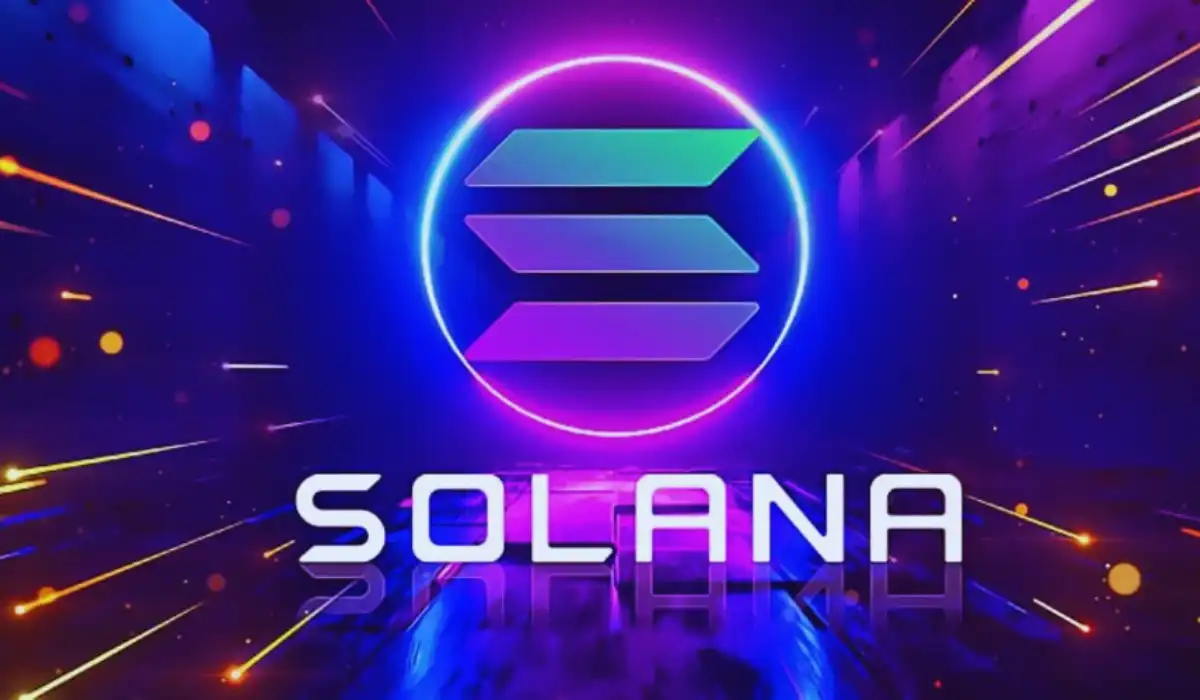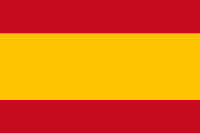Time is a precious resource that we often overlook. The same has been true for a long time with blockchain, as most blockchains leave time out while recording transactions. The blockchain comprises network nodes that lack confidence in external information over time. This is the time when Solana noticed a gap in the competitors where they could have more effectively tracked the time in the crypto market. In order to fill this gap, Solana introduced a clock to their blockchain and became efficient. If you are interested in Solana and want to know about their crypto work, this article is for you.
What is Solana (SOL)?

Solana is a blockchain platform with an open-source framework for developing scalable cryptocurrency applications. It was founded as an open-source project in 2017 and is presently run by the Geneva-based Solana Foundation along with the Solana labs in San Francisco that develop the blockchains. Compared with one of the industry leaders, Ethereum, Solana’s platform has achieved a higher number of transactions it can process, along with lesser fees charged for these transactions.
Solana’s architecture is designed for global adoption, increasing censorship resistance, speed, and security. At its core lies the proof of history (PoH), an innovative process that complements Solana’s proof of stake consensus mechanism. PoH enables the network to achieve remarkable scalability, processing up to 50,000 transactions per second. The blockchain remains low-cost and fast as it scales, with an average transaction fee of 0.00025 USD, a block time that’s usually under one second, and a sub-second finality.
Solana also maintains composability between ecosystem projects through its single global state, which means that it is not necessary to integrate with multiple shards or layer 2 solutions. Other benefits to building on Solana include audited enterprise-grade security and the flexibility to code in popular computer languages such as C, C++, and Rust. Solana gives the same name to their cryptocurrency (SOL) running on the Solana blockchain. Solana has experienced significant growth of almost 12,000% in the year 2021, with a market cap of over $75 billion, making it one of the top cryptocurrencies.
History of Solana
Solana was built in San Francisco in 2017 by a team of software engineers at Solana Labs. The whitepaper and internal testnet of Solana were released in 2018, with their crypto token launch later in 2020. One of the founders of Solana, Anatoly Yakovenko, had prior work experience with Qualcomm Incorporated (QCOM), a Fortune 500 company that provides semiconductors, software, and wireless technology services for mobile devices in the distributed system design field. The Qualcomm company is a San Diego-based company that is near south California’s Solana Beach, which might be the possible name inspiration behind the naming of Solana.
The experience Yakovenko had with Qualcomm enabled him to realize that a reliable clock can simplify network synchronization, which will substantially accelerate the network with bandwidth being the sole limitation. Even though Yakovenko wasn’t interested in cryptocurrency, he teamed up with his colleague Greg Fitzgerald, who is now the principal engineer at Solana, to develop this project. He strongly believed that using the proof of history (PoH) would exceptionally enhance the efficiency of the blockchain evaluated alongside Bitcoin and Ethereum blockchains without a clock.
Bitcoin and Ethereum, with the rank of the world’s most popular cryptocurrencies, struggle to scale beyond 15 transactions per second (TPS) worldwide. A substantially lower throughput managed by centralized payment such as Visa (V) had seen a maximum transaction per second of 65,000, which was its peak TPS. Yakavenko’s proof of history is a milestone that all the other nodes would depend on while recording the time.
How does Solana work?
As I said before, the concept working behind Solana’s unique success is the proof of history, which includes proof of a message that took place prior to or subsequent to a specific occurrence instead of utilizing the timestamp data. This is a similar method to how a photo of the hostage holding the latest edition of the newspaper with a date on it serves as proof of life and verifies the host is alive. Bitcoin’s SHA256 algorithm is used by Solana with an extra verifiable delay function to document a chronological account of occurrences on the blockchain.
The hash function repeats indefinitely by using each prior output as the upcoming output; as a result, all the orders of transactions are documented. This leads to the validators using the blockchain can take as many transactions as they want in each block as the other validators will be able to reorder these based on the historical documentation. Unlike most blockchains, whose throughput is limited to basic token transactions, Solana’s 50,000 transactions per second (TPS) capacity extends to smart contracts, whereas Ethereum and EOS’s virtual machines rely on single-threaded runtimes. This means that their blockchain state is updated sequentially, one contract at a time, with limited scalability.
Proof of history concept
Yakovenko released the white paper of Solana in November 2017, stating the proof of history (PoH) in it. In their white paper of Solana, he stated that the available blockchain right then did not depend on time as a factor, and each node in the network depended on its own local clock without any reliance on the external clock synchronization with any of the other participants. The absence of a reliable time authority meant that if a timestamp accepted or rejected a message, there was no guarantee of assuming uniform decision-making among the other network participants.
What sets Solana apart?
The central idea that makes Solana unique from the existing blockchain that was formed before is not just the proof of history; Solana increases the highest throughput of any layer 1 blockchain, achieving unparalleled performance. Notably, this exceptional throughput extends to smart contracts, thanks to Sealevel, the world’s first parallel smart contracts runtime. There are 6 more unique features that Solana has to offer to the crypto industry, which includes:
- Gulf Stream is the blockchain data storage solution of Solana, and a Mempool-less transaction forwarding protocol and archivers.
- Solana’s own tailored implementation of Practical Byzantine Fault Tolerance is called the tower BFT.
- A pipeline technology to increase the transaction speed.
- A web-scale transaction processing unit that is the blockchain data storage solution of Solana
- Turbine, which is Solana’s block propagation protocol used to resolve the blockchain’s scalability, security, and decentralization paradox.
- Cloudbreak is the horizontally scaled account database of the project
Conclusion
Solana is known for its fast, scalable, and programmable blockchain that establishes the essential infrastructure while developing apps that can attain worldwide acceptance. With its combination of high scalability, minimal fee, and rapid settlement, it can be rated as a blockchain with the best performance.






